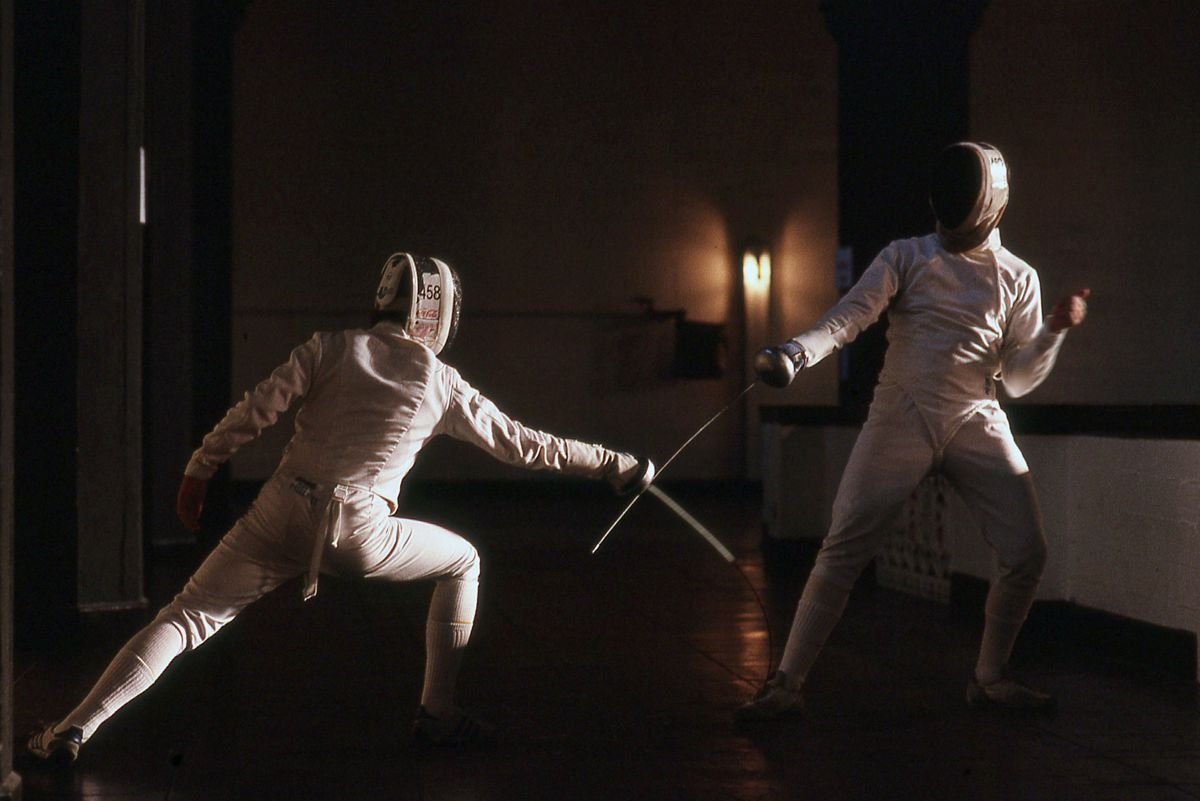Talent identification in practice: the Belgian Fencing Federation (part 2/2)
Interview insights Talent
As seen in the first part of this two-part blog series on talent identification, it is crucial to take into account the maturation of athletes. On top of that, a federation or club needs a long-term vision on talent identification and development: it takes time to collect data and set up accurate benchmarks.
“We think that talent identification is crucial”, says Paul Corteyn, National Coach of the Belgian Fencing Federation. “That’s how we try to find young sports talents and give them a chance to develop their talent in the future. The program we use gives us the opportunity to detect the better movers in the group of athletes and the ones that can learn fast.”
Vision is important for the talent identification program
Paul: “The program we use is set up together with Hylyght. We got into contact with them through Ghent University. We started a long talk in which we explained our vision and what we want to reach and then came up with a custom talent identification program together. They already had the knowledge and strong benchmarks and through time, these benchmarks were improved and aligned to what we needed. We’re specifically looking for children with well-developed motor skills and good flexibility because we can’t train these components that easily. The technical skills become more important later in the development process, but that’s something we can teach the athletes.”
“A clear long-term vision is what every club and federation needs”, explains Lode Goossens, Founder of Hylyght. “That’s what talent identification is about. The more data you gather, the more information you can get in return. This results in better benchmarks and a lower error rate. The process takes a while, but you reap the rewards”, explains Lode.
The importance of data
The more data (assuming it is high-quality data), the better the outcome will be. The available data is of tremendous importance for the quality of the insights but not every club or federation already has tons of data. Hylyght can rely on over 20 years’ worth of research at Ghent University and partners with many clubs and federations. The collaboration between Hylyght and the Fencing Federation results in better benchmarks: “We share all the data we are able to share with Hylyght. This is important to adjust and perfect the benchmarks we have. Because of this, we noticed that kids who started fencing at a later age and have well-developed motor skills are less likely to pick up the technical aspects from fencing because they missed technical training in their youth”, explains Paul.
Improvement on every level
Identifying talent is not the only thing the Belgian Fencing Federation uses Hylyght for. “We also use it to identify shortcomings in our federation. We can see what we lack and what we have to focus on more during the training at younger ages. Another important part of the program is to give feedback to every athlete in the process. De-selected athletes also deserve to know what they can improve. That’s important to keep them motivated and interested in the fencing sport.” concludes Paul.
Want to know more?
If you would like to know more about how you can collaborate with us on talent identification in your club or federation, you can get in touch with us here. If you have any other questions related to talent identification or talent development, feel free to reach out as well!